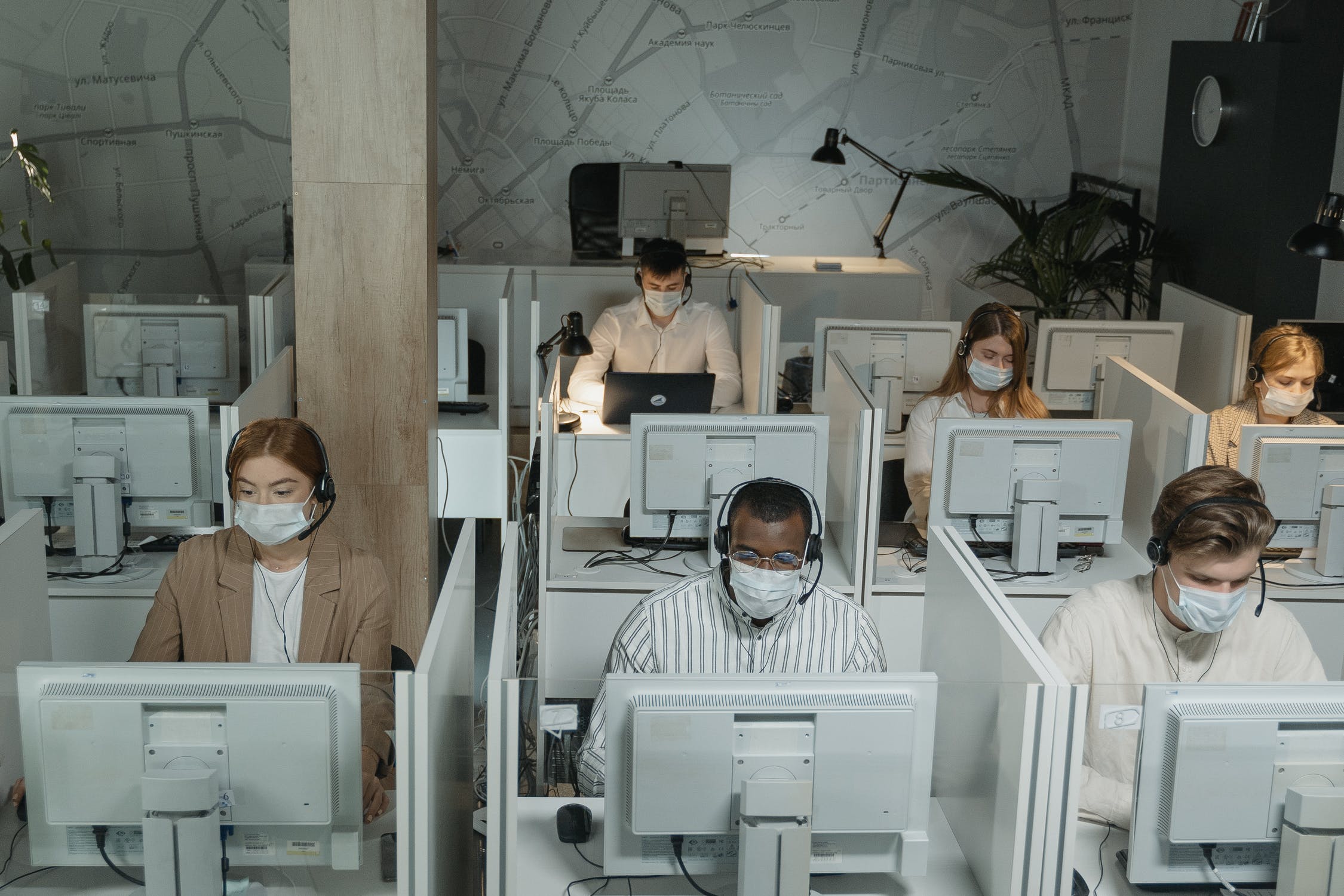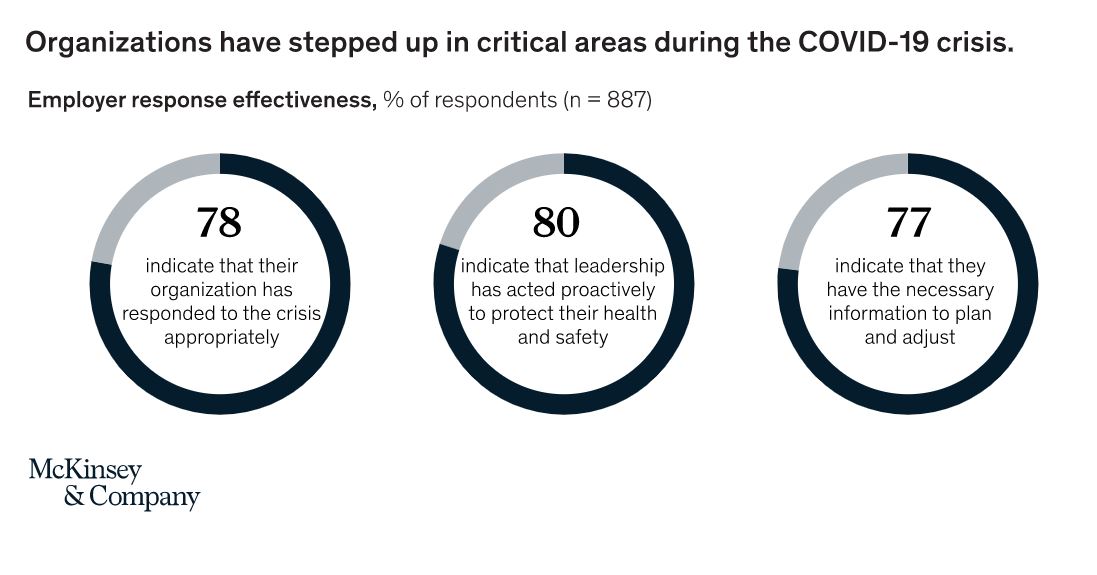December 2020, Paul Minx

Employees have recognised that their businesses have stepped up in critical ways to meet the challenge of the pandemic. According to recent surveys, they give their organisations good marks for responding to the crisis proactively, looking after their health and giving them the right information to plan and adjust. They believe that their companies have done a better job than governments or many health organisations. Business leaders should feel proud of their response.
But employee demands have evolved. Some leaders, trying to balance the needs of their workforce with returning their businesses to full productivity, have encountered concerns over employee safety. People have been through a lot – isolation, working in cramped conditions and worry about family and loved ones. They have learned to work effectively from home. These concerns are only underlined by the second, or even third wave.
ADAPTING TO the old normal
Business leaders can do several things to facilitate the transition. First, they should examine their own thinking. As COVID shows signs of increasing persistence, is it really going to be possible to go back to “the old normal?” Are there business advantages to embracing new, more flexible ways of working? Have all options really been considered? To return to high performance committed, empowered employees are needed – not just ones who are in the office because their role requires it.
It will help employees if leaders lay out their thinking about the return transparently and in a spirit of wide consultation. Attention should be focused on physical safety — providing plexiglass, staggering work hours and offering guidelines for numbers in the elevator, among other efforts. This will help employees understand the decision wasn’t made in a cavalier manner with focus only on convenience or profit. Employee safety has always been top of mind.
Leaders also may want to re-make the case for face-to-face working. They should remind employees that there are important business advantages to working in a co-located (but safe) manner. The ability to stick your head in your manager’s office to get clarity on tasks or have a quick coffee with a colleague or client, builds and reinforces business success. Humans are social creatures and thrive on cohesion – they have friends at work and the strength of work coalitions contributes to their effectiveness. HR departments can support managers by putting together a series of talking points they can use with their teams.
Emotional intelligence
Emotional intelligence should be front and centre for all leaders . They should call on their own pandemic history to “walk a mile in their employees’ shoes.” Once in the office, leaders should accommodate employee requests and not try to enforce a single standard of behaviour.
Some returnees will feel the need to wash their hands many times each day and enthusiastically clean coffee cups and other surfaces. Some will occasionally be stressed out, overcome with worry about their families. Others may be more relaxed. Make psychological space for all. Behavioural change may be seen – a normally ebullient employee may now be more subdued. Don’t try to “cajole” them back to their old behaviour. Don’t make jokes or pry unnecessarily. People will need time to process what they’ve been through.
Everyone, not just leaders, can strengthen their emotional intelligence skills. Here are a few quick “workout” suggestions to get you started:
- To build understanding of your own emotions, spend 60 seconds at the beginning and end of the day noting how you feel. Are you fearful, worried, angry? Write your feelings down on paper or as a calendar entry. You don’t have to do anything with it, but this will help you identify and name your feelings.
- A proven technique from psychologists and negotiation experts is to label fears in order to defuse them. Labelling the fears of your team members tells them that you are aware. Use phrase like “you must have been quite worried” or “you must have been very concerned for your family.” Respond empathetically: “this must have been difficult for you.”
- Share stories about your own COVID-19 experiences. Tell employees about how you snapped at your teenager because he or she is around all the time now. Talk about how you sometimes collapsed into “brain fog,” overcome with all the challenges. To your employees your vulnerability makes you more human.
- Set up training on managing remote teams, emotional intelligence and resilience. Client communication training can help them be more effective when talking with clients.
However you do it, keep in mind that people are going through this in different (and unexpected) ways. Patience and empathy are key. It will help to remember what you and your family went through – your employees are no different. The work your company has done so far has been well received and you can build even more goodwill by welcoming them back with the warm, employee-focused-response needed in times like these.
